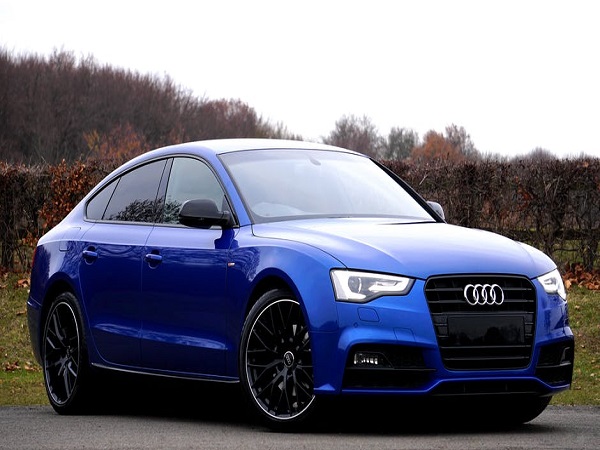Building tint and automotive tint share similarities both on purpose and materials used. One of the common similarities they share is privacy and heat reduction. However, it is also important to be familiar with what makes them different from each other.
Getting to know what is the difference between building tint and automotive tint will help you choose the best fitting product for the kind of window tinting you want. Find out what are these by reading below.
Adhesiveness of Window Films
All window films, especially building tint and automotive tint, have adhesive layers on them. This adhesive layer attaches the window film to the flat glass surface. Building tint is usually sold with clear dry adhesive or CDA. This material allows the installers to decide when they will activate the adhesiveness with the use of water solution.
CDA is very crucial to the installment of window films because it lets installers have more control in placing the window film on large surfaces.
On the other hand, the regular standard adhesive for automotive tint is called pressure-sensitive adhesive or PSA. Example of this is a sticker that’s pressing down the surface.
Reflectivity of Exteriors
The reflectivity window tints provide is the most feasible option in directing heat away from a car or home interior. However, keep in mind that there are various window tint laws among states that limit the tint reflectivity in cars because of safety reasons. For these reasons, the maximum limit of heat rejection for automotive tint is 40%, while the maximum limit for building tint is around 70%.
Metallic Material
Car tints block electronic reception, thus making them resistant to GPS, satellite radio, and mobile phone signals. Because of this, automotive tint on cars can easily be dyed to not interfere with signals. There are also times that it can be altered into a hybrid type which is a combination of metallic and dyed. Building tints, on the contrary, should only be metallic tints due to ensuring a maximum reach of heat rejection.
With this, do not ever try to dye your house’s window tint because there are a lot of downfalls to it. These include a lower rejection of heat and reduced stability of color.
Knowing the above about building tint and automotive tint, always make sure that you’re getting the right product. Nevertheless, nothing can go wrong as long as you entrust your window tinting needs with a trusted mobile window tinting provider.
